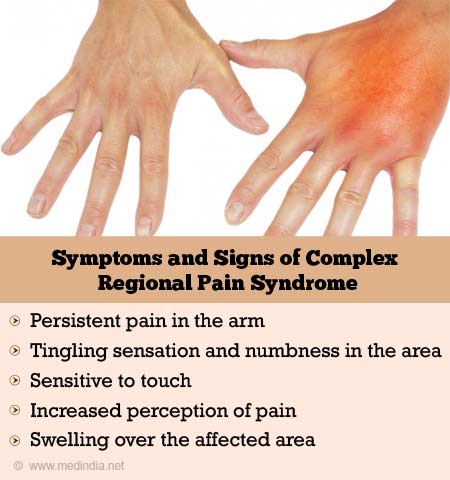Corticosteroid-resistant complex regional pain syndrome (CRS) is a type of chronic non-specific pain, which usually affects a foot or an arm. CRS typically develops following an injury, an accident, a major surgery or a serious illness. The pain experienced by patients is often much out of proportion with the severity of their injury.
Most patients experience crps after major surgeries such as amputation, or major accidents such as a motor vehicle accident. In these cases, the crps are caused by post-operative and/or surgical complications. Patients who suffer from trauma can also suffer from crps. However, crps are not limited to these types of injuries. Patients who have had accidents such as falls and other forms of trauma can also experience crps.
One reason that crps occur is because the nerves involved are so sensitive to injury or pain
For example, after a motor vehicle accident, the person may feel severe pain in the affected area. This is because there is a great amount of swelling, irritation and inflammation. Because of this, some patients may find that crps occur when they are doing activities such as walking or exercising. Although they may occur, crps generally do not last for long periods of time.
Another reason that crps may occur is because the pain associated with them is often not relieved by taking prescription pain medication. Pain medications typically contain certain pain killers, as well as some anti-inflammatory medications. Anti-inflammatory medications are effective at reducing inflammation and pain associated with crps. However, they often have unpleasant side effects such as nausea, vomiting, diarrhea, stomach cramps and other side effects. Some patients experience adverse side effects after using anti-inflammatory drugs.
The most effective way to relieve pain and discomfort associated with crps is through pain relief drugs. However, some individuals find that over-the-counter pain relievers work just as well. As with pain medication, the dosage is usually prescribed by a physician.
Many doctors will recommend that patients follow a pain management plan for their pain, using a variety of medications which include creams, lotions and supplements. These medications can be used in combination with therapy. Some patients find that taking pain medications and therapy can be helpful at the same time.

A good way to reduce pain and crps is to use heat or cold in addition to medications for pain relief
These types of treatments both decrease inflammation and pain while helping to provide additional pain relief.
Crps can be controlled with the help of a physician, however, it is important to discuss this option with your doctor first. He or she can assess whether you would benefit from using heat therapy or ice therapy in conjunction with pain management drugs and/or other types of medication. Your physician can provide you with further details about pain management and ways to deal with crps.
Patients may also need to consider the option of seeking medical attention for their crps. They may need to see a doctor or physical therapist in order to help improve flexibility and range of motion, improve posture and help reduce pain. In addition, your physical therapist may offer techniques for strengthening and stretching your muscles, which may help to reduce the effects of crps and prevent recurrence of them.
If you decide that you need to seek medical treatment, you will also want to consider the other options available for pain relief for crps that include chiropractic, massage, physical therapy and acupuncture. Each of these methods has been shown to help reduce the severity and frequency of crps, and increase overall pain relief. In addition, they are usually more cost-effective options than medications for pain relief.
Both physical therapy and massage can be beneficial in alleviating the symptoms associated with crps. Physical therapy includes exercises to improve your range of motion and flexibility. Massage therapy can help to alleviate the pain associated with crps and the physical discomfort that is experienced when crps are present.
Finally, if you are not able to find an appropriate pain management plan, your doctor may recommend the use of over-the-counter pain medication and/or the use of pain medication. With this option, your doctor can monitor the effectiveness of your medication and suggest the right dose and frequency.